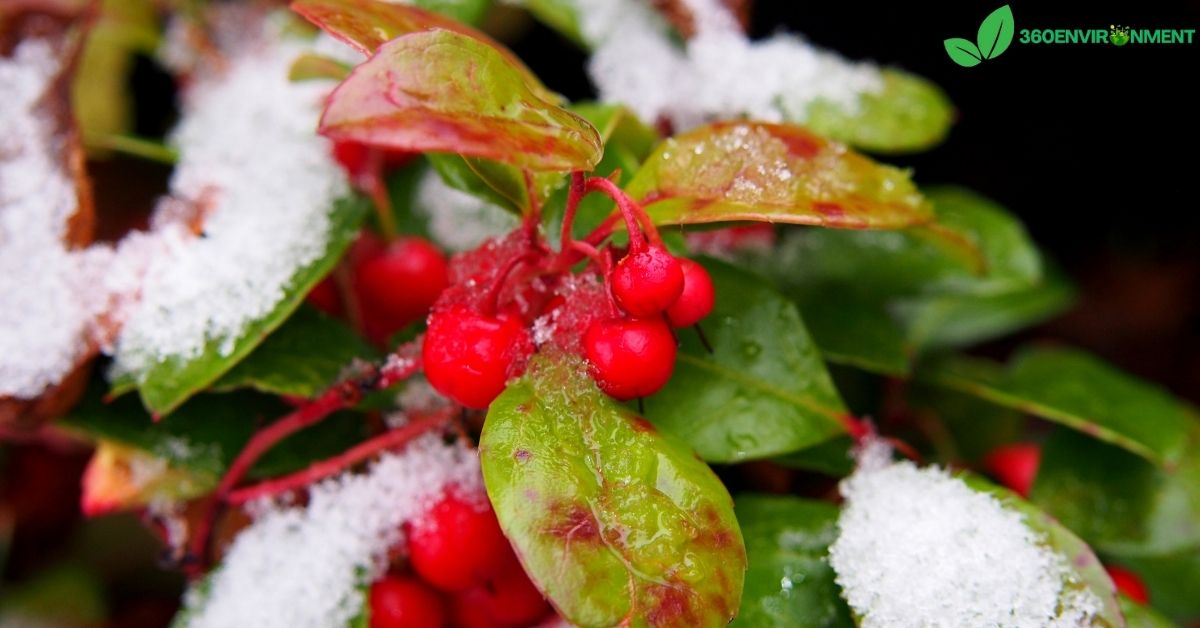Wintergreen is a term that typically refers to plants from the Gaultheria genus, particularly Gaultheria procumbens, also known as Eastern teaberry or checkerberry. Wintergreen plants are known for their small, leathery leaves and characteristic minty fragrance. In certain regions, especially in the United States, wintergreen is commonly used in traditional remedies, and its oil is valued for its soothing properties. But when it comes to Alaska, a key question arises: Can wintergreen be found in Alaska?
This article explores whether wintergreen plants grow in Alaska, their potential habitats, and their ecological roles in northern climates. By delving into the characteristics of Alaska’s ecosystems and examining how plant species like wintergreen adapt to cold environments, we aim to understand the presence—or absence—of wintergreen in this rugged, northern landscape.
1. Understanding Wintergreen: What is it?
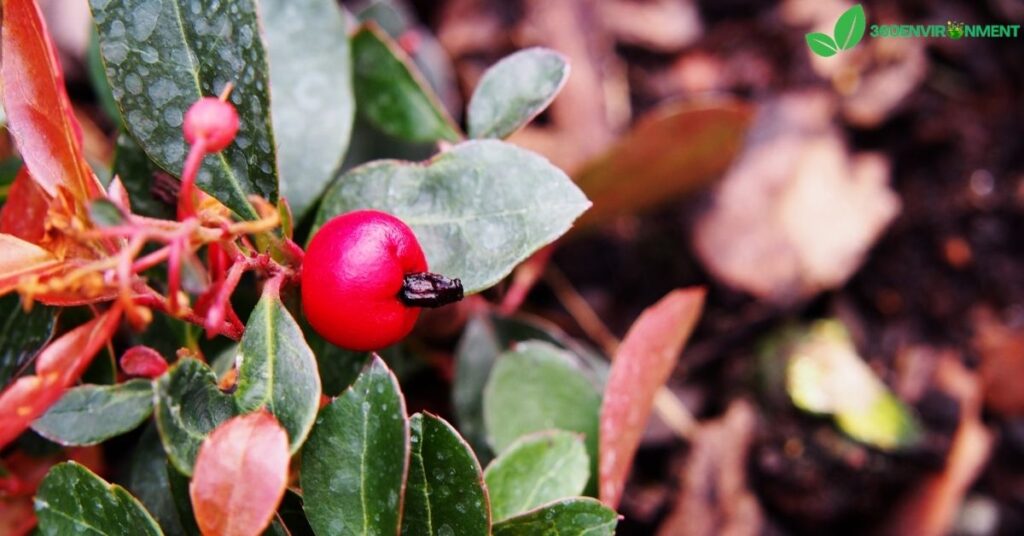
1.1. The Wintergreen Plant Family
Wintergreen commonly refers to the Gaultheria species, with Gaultheria procumbens being the most recognized species in North America. These low-growing plants are evergreen, meaning they retain their leaves throughout the winter, which gives them the name “wintergreen.”
Characteristics of wintergreen plants include:
- Small, glossy, evergreen leaves that emit a minty scent when crushed.
- Small, bell-shaped white or pale pink flowers.
- Bright red berries that persist through the winter.
While Gaultheria procumbens is most commonly associated with the northeastern United States and southern Canada, other species within the Gaultheria genus can be found in various regions, including mountainous and northern climates. Therefore, to determine if wintergreen can be found in Alaska, it is necessary to explore whether any of these species have adapted to the state’s cold, often harsh environment.
2. The Alaskan Climate: Can Wintergreen Thrive Here?
To understand whether wintergreen can be found in Alaska, we must first explore Alaska’s climate and determine if it provides suitable conditions for this type of plant to grow. Alaska’s ecosystems range from coastal rainforests in the southeast to Arctic tundra in the far north. These varied environments offer both opportunities and challenges for plant life.
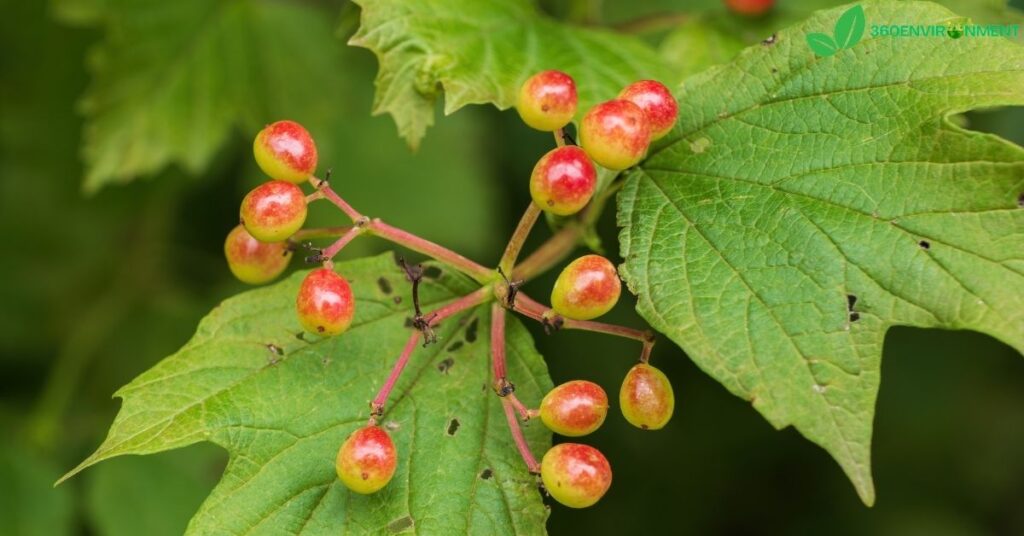
2.1. Alaska’s Diverse Ecosystems
Alaska has a highly diverse range of ecosystems, each with its own set of conditions for plant growth:
- Coastal Rainforests: Southeast Alaska, including the Tongass National Forest, is dominated by temperate rainforests with a mild, wet climate. The abundant rainfall and moderate temperatures here could provide a suitable environment for plants like wintergreen.
- Boreal Forests: The interior of Alaska is covered by the boreal forest, or taiga, which experiences long, harsh winters and short summers. The boreal forest consists primarily of coniferous trees, but it also supports various shrubs, mosses, and lichens.
- Tundra: Northern Alaska is characterized by tundra, where the ground remains frozen for most of the year (permafrost), with only a short growing season in the summer. The tundra is home to hardy, low-growing plants adapted to extreme cold.
2.2. Wintergreen’s Growing Requirements
Wintergreen thrives in acidic, well-draining soils, often in shaded or partially shaded environments. It prefers cooler climates, making it well-suited to northern latitudes, but it is typically found in regions with relatively mild winters, such as the northeastern United States and southern Canada.
The question of whether wintergreen can be found in Alaska hinges on whether the state’s ecosystems can provide these conditions. In particular, the boreal forest and coastal rainforest regions of Alaska could potentially offer suitable habitats for certain wintergreen species.
3. Can Wintergreen Be Found in Alaska?
While Gaultheria procumbens is not commonly found in Alaska, there are closely related species and other plants within the same family that can thrive in Alaska’s cold, northern climates. These species often have similar characteristics to wintergreen and share the ability to survive in harsh environments.
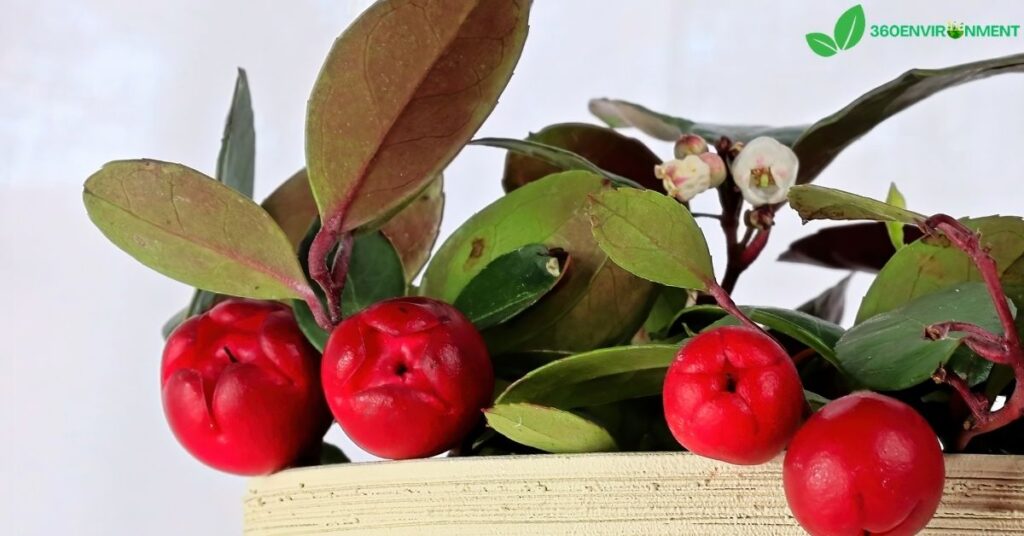
3.1. The Presence of Gaultheria Species in Alaska
One species that shares characteristics with traditional wintergreen is Gaultheria hispidula, commonly known as creeping snowberry or moxie-plum. This plant is found in the northern boreal forests of Alaska, thriving in cool, shaded environments, much like its wintergreen relatives. Creeping snowberry has small, glossy leaves, white berries, and a delicate, minty aroma, which bears a close resemblance to traditional wintergreen.
Gaultheria hispidula is often found growing along forest floors, in mossy, acidic soils, and in areas where it receives ample moisture. The plant’s presence in Alaska’s boreal forests suggests that, while Gaultheria procumbens may not be native to Alaska, other species within the same genus have successfully adapted to the state’s cooler climates.
3.2. Other Wintergreen-Like Plants in Alaska
Apart from Gaultheria hispidula, several other plants in Alaska exhibit wintergreen-like characteristics, although they may not belong to the Gaultheria genus. For example, Vaccinium vitis-idaea, commonly known as lingonberry, is another low-growing, evergreen shrub found in Alaska that produces edible red berries. Lingonberries are closely related to blueberries and cranberries and can be found across the boreal forests and tundra regions of Alaska.
Similar to wintergreen, lingonberries thrive in acidic soils, are adapted to cold climates, and produce brightly colored berries that persist into the winter, providing food for wildlife.
4. The Ecological Role of Wintergreen-Like Plants in Alaska
Plants that share characteristics with wintergreen, such as Gaultheria hispidula and Vaccinium vitis-idaea, play essential roles in Alaska’s ecosystems. These plants contribute to the health of the boreal forest and tundra ecosystems and provide food, shelter, and other benefits to local wildlife. When answering the question, can wintergreen be found in Alaska, it’s crucial to consider these related species, which exhibit many of the same features and ecological roles as traditional wintergreen.
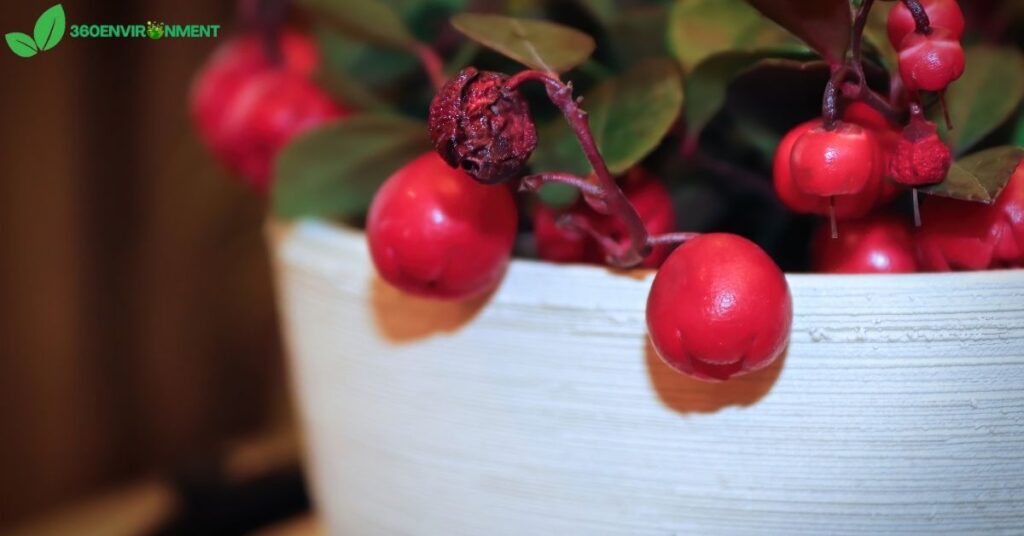
4.1. Providing Food for Wildlife
When exploring whether can wintergreen be found in Alaska, one must understand that the berries produced by wintergreen-like plants, including creeping snowberry and lingonberry, are an important food source for birds, small mammals, and other wildlife. In the harsh Alaskan winter, when food is scarce, these berries provide essential nutrients for animals that remain active during the colder months. Birds like grouse and ptarmigan, as well as small mammals like voles and mice, depend on these berry-producing plants for survival.
Additionally, the evergreen leaves of these plants provide forage for herbivores during the winter when other food sources are unavailable. Caribou, for instance, graze on low-growing shrubs in the tundra, including plants similar to wintergreen. Thus, while can wintergreen be found in Alaska might lead one to think about traditional species, other plants fulfill similar roles.
4.2. Supporting Biodiversity
Wintergreen-like plants also play a key role in supporting biodiversity within Alaska’s ecosystems. These plants provide ground cover in forested areas, reducing soil erosion, retaining moisture, and creating habitats for mosses, fungi, and other understory plants. The dense growth of creeping snowberry creates a microhabitat that supports a diverse range of insects, amphibians, and small mammals. So, when we ask can wintergreen be found in Alaska, the answer extends to plants like creeping snowberry, which fulfill the ecological roles typically associated with wintergreen.
These plants contribute to the overall health of the boreal forest by promoting the cycling of nutrients. As the plants drop their leaves and berries, they contribute organic matter to the forest floor, which is broken down by decomposers like fungi and bacteria, enriching the soil and supporting the growth of other plants. Therefore, the answer to can wintergreen be found in Alaska is intricately tied to the ecological health of these unique environments.
5. Traditional Uses of Wintergreen-Like Plants
Plants with wintergreen-like characteristics have long been valued by Indigenous peoples of Alaska and other northern regions for their medicinal and nutritional properties. While Gaultheria procumbens may not directly answer the question can wintergreen be found in Alaska, its relatives, including creeping snowberry and lingonberry, have been used for centuries in traditional medicine and food practices.
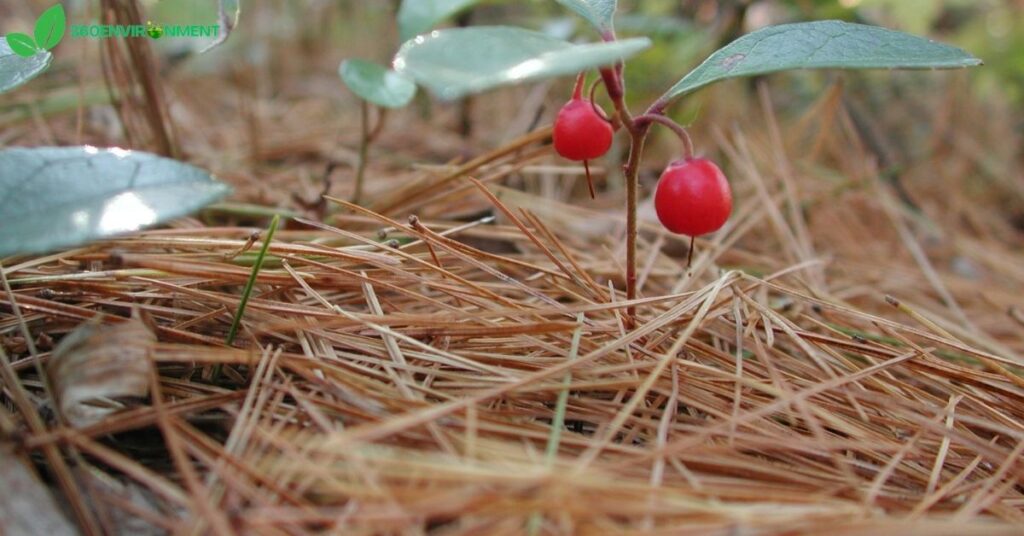
5.1. Medicinal Uses
In traditional herbal medicine, wintergreen and its relatives are known for their pain-relieving properties. The leaves of plants like Gaultheria hispidula contain compounds similar to methyl salicylate, which has anti-inflammatory and analgesic effects. Indigenous peoples have used the leaves of these plants to make teas or poultices for treating aches, pains, and respiratory ailments. This adds another layer of complexity when answering the question can wintergreen be found in Alaska, as the medicinal uses extend to similar species found in the state.
Lingonberry leaves and berries have also been used in traditional medicine to treat urinary tract infections, digestive issues, and inflammation. These plants are rich in antioxidants and have been valued for their ability to support overall health. So, while can wintergreen be found in Alaska might not point to traditional wintergreen, related plants serve similar roles.
5.2. Nutritional Uses
The berries of wintergreen-like plants are also an important food source for Indigenous communities in Alaska. Lingonberries, in particular, are harvested in the late summer and fall and are commonly preserved for use throughout the winter. They can be eaten fresh, made into jams or sauces, or used in baking. The nutritional value of these berries, which are high in vitamins C and A, has made them an essential part of the traditional diet in Alaska’s northern regions. Therefore, when asking can wintergreen be found in Alaska, the answer includes its role in the local diet through related species.
6. Conservation of Wintergreen-Like Plants in Alaska
While wintergreen-like plants such as creeping snowberry and lingonberry are relatively common in Alaska, their habitats are vulnerable to environmental changes, particularly due to climate change. The question of can wintergreen be found in Alaska must also take into account the challenges these species face due to shifting environmental conditions.
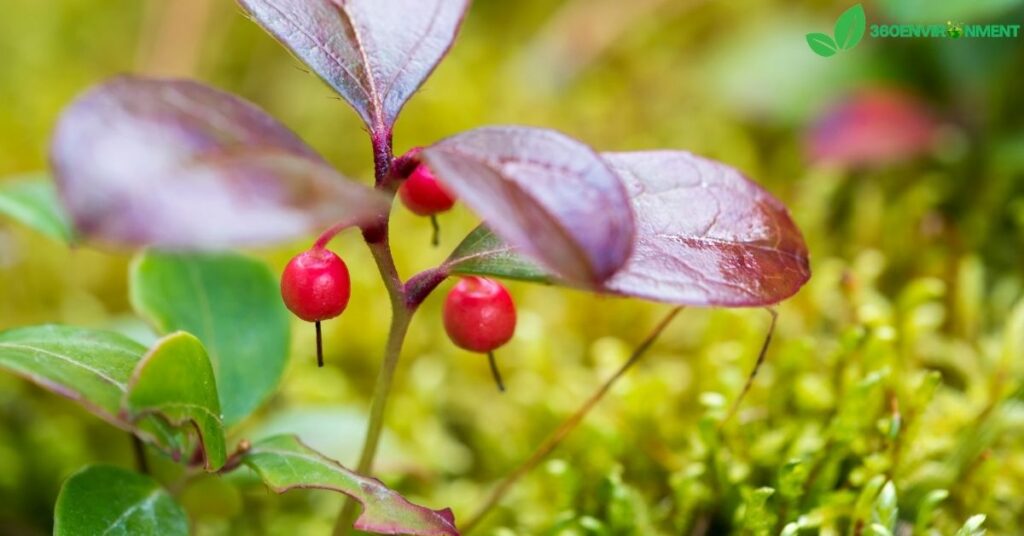
6.1. Climate Change and Its Impact on Boreal Forests
The boreal forest, where many wintergreen-like plants thrive, is experiencing significant shifts due to climate change. Warmer temperatures, changes in precipitation patterns, and the increased frequency of wildfires are all contributing to the transformation of these forests. As a result, plants that rely on cold, moist conditions, such as creeping snowberry, may struggle to survive as their habitats become warmer and drier. This also affects how we answer can wintergreen be found in Alaska, as future climate shifts may threaten the species that currently fulfill this role.
6.2. Protecting Native Plant Species
Conservation efforts in Alaska focus on protecting the state’s unique ecosystems and the native plant species that thrive within them. Maintaining healthy forest and tundra ecosystems is critical to preserving wintergreen-like plants and the wildlife that depend on them. Thus, when we consider can wintergreen be found in Alaska, it’s essential to protect these species through sustainable practices.
Land conservation programs, sustainable land management practices, and the promotion of native plant gardening are all important strategies for ensuring the continued survival of Alaska’s wintergreen-like species. These efforts help safeguard the habitats that allow us to affirmatively answer the question can wintergreen be found in Alaska through the survival of its relatives.
7. Conclusion: Can Wintergreen Be Found in Alaska?
To fully answer the question, can wintergreen be found in Alaska, we must look beyond Gaultheria procumbens, the traditional wintergreen species. While this specific plant may not be native to Alaska, closely related species such as Gaultheria hispidula (creeping snowberry) and Vaccinium vitis-idaea (lingonberry) can indeed be found in the state’s boreal forests. These plants share many of the same characteristics as traditional wintergreen, including their evergreen leaves, minty aroma, and small berries.
Wintergreen-like plants play an essential role in Alaska’s ecosystems, providing food for wildlife, supporting biodiversity, and contributing to traditional food and medicine practices. So, while can wintergreen be found in Alaska may have a nuanced answer, it is clear that related species fulfill critical ecological and cultural roles. As climate change threatens the stability of these ecosystems, it is more important than ever to protect and conserve the plants that make Alaska’s wild landscapes so unique.
FAQs
- Can wintergreen be found in Alaska?
Gaultheria procumbens is not native to Alaska, but related species like creeping snowberry can be found in the state. - What plants in Alaska are similar to wintergreen?
Creeping snowberry (Gaultheria hispidula) and lingonberry (Vaccinium vitis-idaea) are two plants that answer the question, can wintergreen be found in Alaska. - Where can I find wintergreen-like plants in Alaska?
Wintergreen-like plants can be found in Alaska’s boreal forests and tundra regions, answering the question can wintergreen be found in Alaska. - Do wintergreen-like plants provide food for wildlife in Alaska?
Yes, wintergreen-like plants provide essential food for birds and mammals, showing the answer to can wintergreen be found in Alaska includes wildlife interactions. - What are the traditional uses of wintergreen-like plants in Alaska?
Indigenous peoples have used these plants for their medicinal properties, which ties back to the query, can wintergreen be found in Alaska? - How does climate change affect wintergreen-like plants in Alaska?
Climate change threatens the habitats where plants that answer the question can wintergreen be found in Alaska thrive.
Read More: Growing Clethra Alnifolia Rosea from Seed: A Sustainable Approach to Cultivating a Native Shrub

